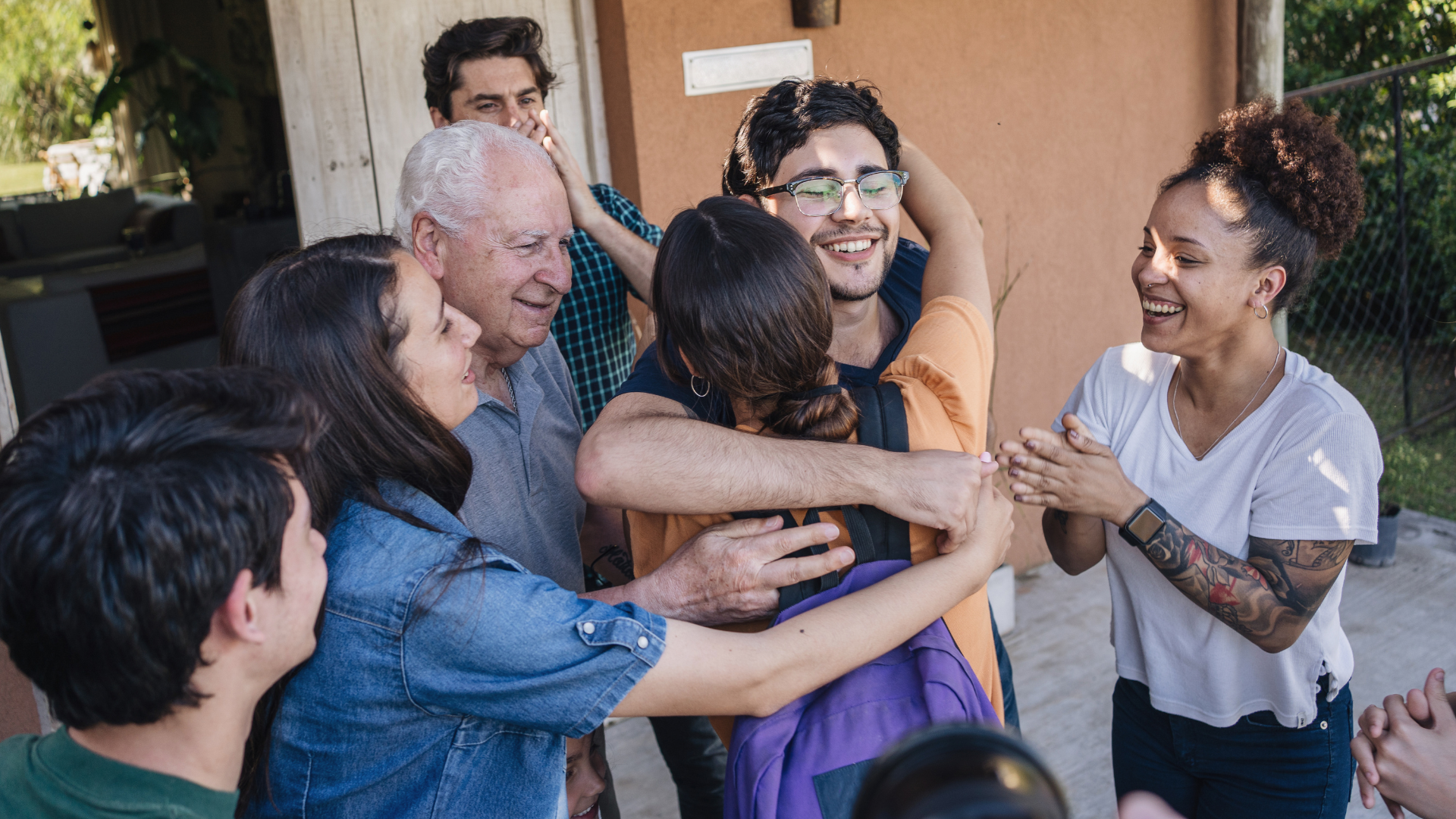People frequently find themselves searching for relatives they’ve never met but have never been able to locate. Using the internet is an excellent place to start your search, as numerous websites are dedicated to reuniting long-lost relatives, but most genealogical websites require information from you, such as a name, date of birth, place of birth, and parentage. Sometimes, you may be able to find a relative on social media, but there are a few other ways to find a lost family member. Read on to find out how to find even the most elusive long-lost relative!
Check your family tree
The best place to start is your family tree. Usually, grandparents have a family tree hidden away somewhere, so ask them if they have one somewhere. If your grandparents are no longer alive, ask your parents if it was passed down to them. If they don’t have one ready for you, you might need to make it yourself! The best place to start is with yourself, and work your way backward from there, filling in all of the spaces you know and leaving blank spaces for later. To fill in the blank spaces, ask older generations who they remember, and you should be able to piece things together pretty fast. The blank spaces still left may be missing family members, so now all you need to do is ask the closest living relative what they know, and they should lead you in the right direction.
Use social media
If none of your relatives know where your missing relative might be, it’s time to turn to social media! As long as you know their name, you can search for them on Facebook, Twitter or Instagram. If they have a profile under their own name, it’ll come up and you can send a friend request or follow them. If you’re lucky, their profile may even give details on whereabouts they live, when they were born and where they work. Unfortunately, this method won’t work if their username isn’t the same as their actual name, but try out a few variations on their name, such as with their maiden name or nickname and it may return a result.
Visit your local library archives
For those relatives who may have died before social media was invented, or are too old to use social media themselves, the next best place to look is your local library. Libraries hold local historical population data spanning back decades, so as long as your family have always lived in the same area, there should be a record of your missing relative. These archives are free to access, but you may need to ask for permission and make an appointment to view the data you’ve requested. Data usually includes birth dates, death dates, marriage records, hospital records, occupations and addresses, which will give you significant leads. This method will not work if your family has not always lived in the local area, however.
Contact historical societies
The next port of call, if your local library leads to nothing, is to contact a national historical society. These societies can supply you with a whole network of historians, all of whom can look into their own local archives. This method is useful for looking into newspaper articles in which your relative may have appeared in. There are also many old photographs held by various societies, which could result in a lead if you have nothing but a photo of your relative to go off.
Use online ancestry sites.
Thanks to modern technology, many records have now been digitalised and made available on genealogy sites. This can save you the effort of trekking across the country visiting various archives and libraries, but you often have to pay a fee for access. Some sites may also require you to take a genetic test, which can cost more money. Whilst this method may be faster than the others, it is also the only one where you have to pay for access to public records. However, some sites can also give you genetic data, so you’re paying for a service that public archives can’t give you. This is useful if your family hasn’t always lived in the country you now live in, enabling you to find relatives in foreign countries where data may not be so complete.
Many people search online for lost family members. Yet, finding a person who you lost touch with 20 years ago is almost impossible. However, if you have good pictures, a few clues, and are willing to put in a few hours of work, it may be possible to find that person.



